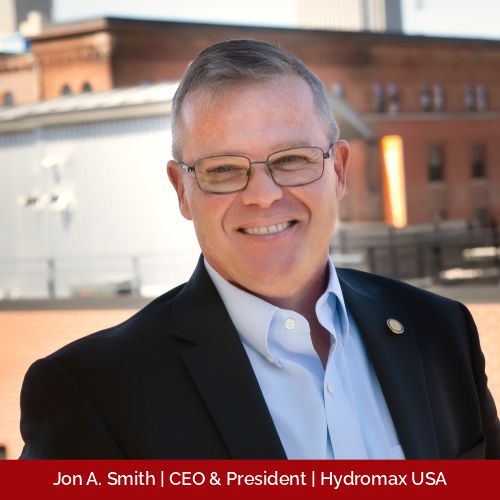Before joining Hydromax USA, Jon was the President, Mobile Pipeline for Hexagon Lincoln, LLC, in Lincoln, Nebraska. Presently, he is the CEO and President of Hydromax USA, a leading national provider of comprehensive testing and inspection services for gas, water, and wastewater providers. Despite undertaking the role in a catastrophic business climate, he was swift in pivoting the company commercially and in cost structure to reduce risk, perform as an essential service for customers and deliver results. His extensive experience enabled him to draw out a peerless strategy. Jon leveraged innovative technology & solutions for customers, which positioned Hydromax USA to uniquely integrate advanced technologies to gather and process high-quality data into actionable insights from the data center to the field.
Recently, we had the fortune to interview Jon Smith and understand his course of action through this pandemic. In this article, he walks us through the journey of Hydromax and how he has progressively honed his leadership skills and outperformed expectations.
